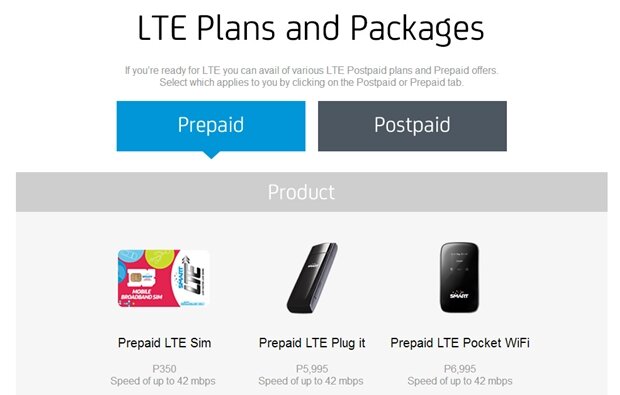Smart Communications currently launched LTE for its mobile network in the Philippines. What exactly is LTE and why should we care as consumers?
What is LTE?
LTE or Long Term Evolution is a mobile broadband standard that evolved from GSM, EDGE and HSPA network technologies. LTE is here because of a partnership known as 3GPP (Third Generation Partnership Project), an entity of non-profit group European Telecommunications Standards Institute (ETSI).
LTE is one of the mobile network standards referred to as 4G, the update to our current 3G networks. Along with LTE, Wimax is the other leading standard for 4G mobile broadband. LTE and Wimax work on different standards: while Wimax transmits signals via microwaves, LTE utilizes a radio platform. In theoretical terms, LTE is faster than Wimax and this is probably the reason why Smart Communications went with LTE. Smart has already expressed its commitment to this standard by its recent launch of LTE which was highlighted by a test deployment in Boracay in April.
How Fast is LTE?
LTE is an ultrafast network, with theoretical peak download rates of up 100Mbps and upload speeds of about 50Mbps. In real-world situations, however, LTE speeds will be more modest, and possibly will give you download speeds between 10-20Mbps and uploads of about 7Mbps, something that’s still fast compared to current standards. Just imagine the possibilities with LTE. Instead of depending on Wi-Fi or DSL connection for high-speed internet access, you can access the internet at blazing fast speeds by simply connecting through your mobile device.
How Can You Use LTE?
Users need an LTE-enabled device to access the network. LTE connection can be done through a modem, which can be in USB format, or embedded in a laptop, a smartphone or a tablet. This means that even it LTE is fully deployed in the Philippines, you would need an LTE-enabled device to be able to surf the internet via LTE connection.
Globe Telecom recently announced its version of 4G based on HSPA+ technology and is set to complement its current Wimax infrastructure. HSPA+ has theoretical download speed of 21 Mbps, something that will be significantly less in real-world situations. Between HSPA+ and LTE, LTE is clearly the faster mobile broadband standard.










3 Comments
Hi. What LTE radio bands does Smart and Globe use? I have bought a LTE-capable phone from abroad, and I’m not sure if the LTE radio bands are compatible with what Smart or Globe currently uses. Would you happen to know?
Will ISP currently providing Wimax to their subscribers replace them LTE, or will they stick to Wimax?